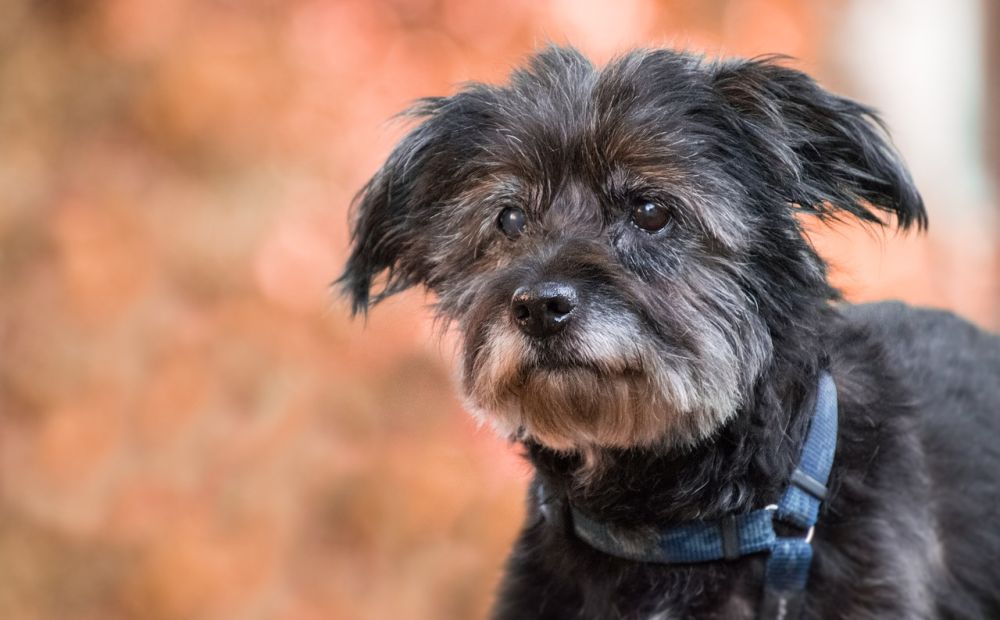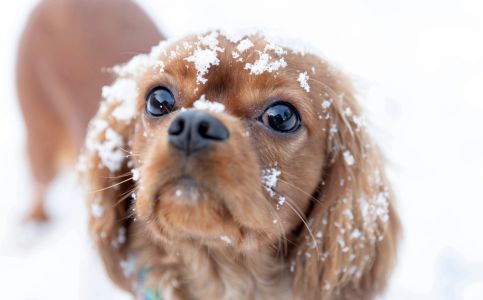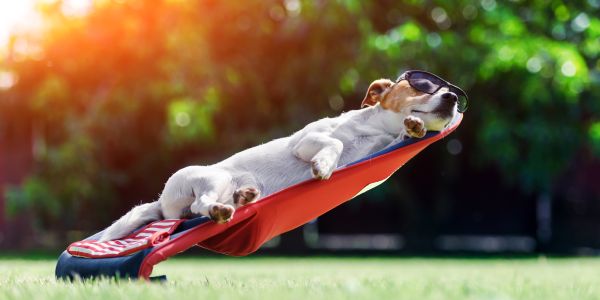Old dogs - what to look out for?

27.02.2019
In the case of large dogs such as the shepherd dog or the Great Dane, one already speaks of a senior at the age of six years. Medium breeds belong to the seniors up from the age of seven and small breeds from the age of nine. However, the aging of the dog begins differently with each dog and primarily slowly. Nevertheless you could probably say that most dogs with approx. 7 years belong to the age group of the seniors.
Typical signs for the aging process are for example:
- a reduced efficiency
- less urge to move
- clouded lenses
- blockages
- changed character
- Grey snout
- increased need for rest and sleep
- flatulences
- the musculature diminishes, the fat portion rises
- hearing loss
Old dogs need more time to adjust to new situations in everyday life and to understand new tasks, as connections in the brain now form more slowly. However, there are many ways to adapt your lifestyle to your dog's age.
Here we have written down our tips for you to pay attention to or try to change:
You should have your dog examined more often by your trusted veterinarian to prevent developing diseases and to stay informed regularly!
Adapt the food to the age of your dog. From now on, feed your dog with special senior food. This is adapted to the age of your dog as well as to the changed metabolism of your dog. This is important so that your dog does not become overweight. Because he moves less, he also needs fewer calories.
Watch your dog closely. See if he is well. Adjust your daily routine to the changed needs of your dog. This can mean, for example, that your dog has to go for a shorter walk more often. It is better to go for a walk with your dog more often than to go for a long walk. This way your dog will not be overloaded by physical activity.
So you see that aging is a normal process - also for your dog!
All you have to do is give your dog the time he needs to adapt to the changes and the support you can give him with our tips.








